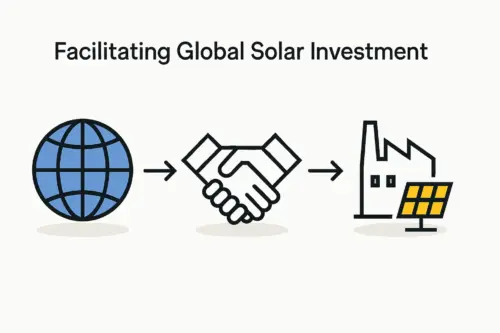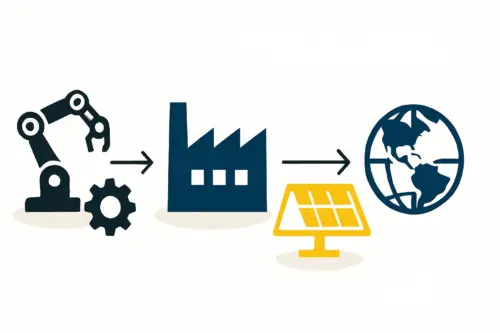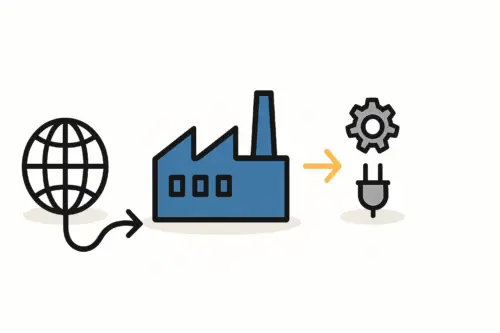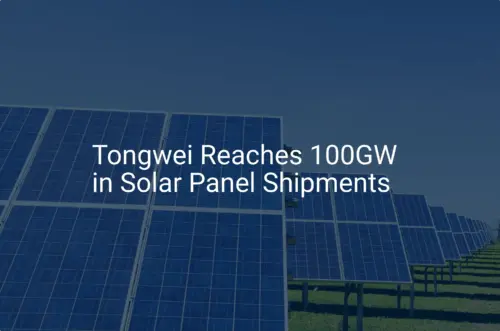An entrepreneur invests millions in a state-of-the-art production line, only to see profitability undermined by overlooked factors: unpredictable power outages and electricity bills that are consistently higher than projected. It’s a scenario more common than many new industrial investors realize. The problem often isn’t the machinery itself, but a failure to fully account for the local energy infrastructure.
For any business planning to establish a solar module factory in Costa Rica, a deep understanding of the country’s electricity landscape isn’t just a technical detail—it is foundational to operational viability and financial success. This guide offers a practical analysis of industrial electricity tariffs and grid reliability, two factors that will directly shape your production costs and efficiency.
Understanding Costa Rica’s Unique Energy Profile
Costa Rica is globally recognized for its commitment to renewable energy, consistently generating over 98% of its electricity from clean sources. This remarkable achievement stems from a mix of hydropower, geothermal, wind, and solar energy.
For an industrial investor, this presents a significant advantage. Manufacturing solar modules in a country powered almost entirely by renewables creates a powerful marketing narrative and aligns with the core principles of the photovoltaic industry.
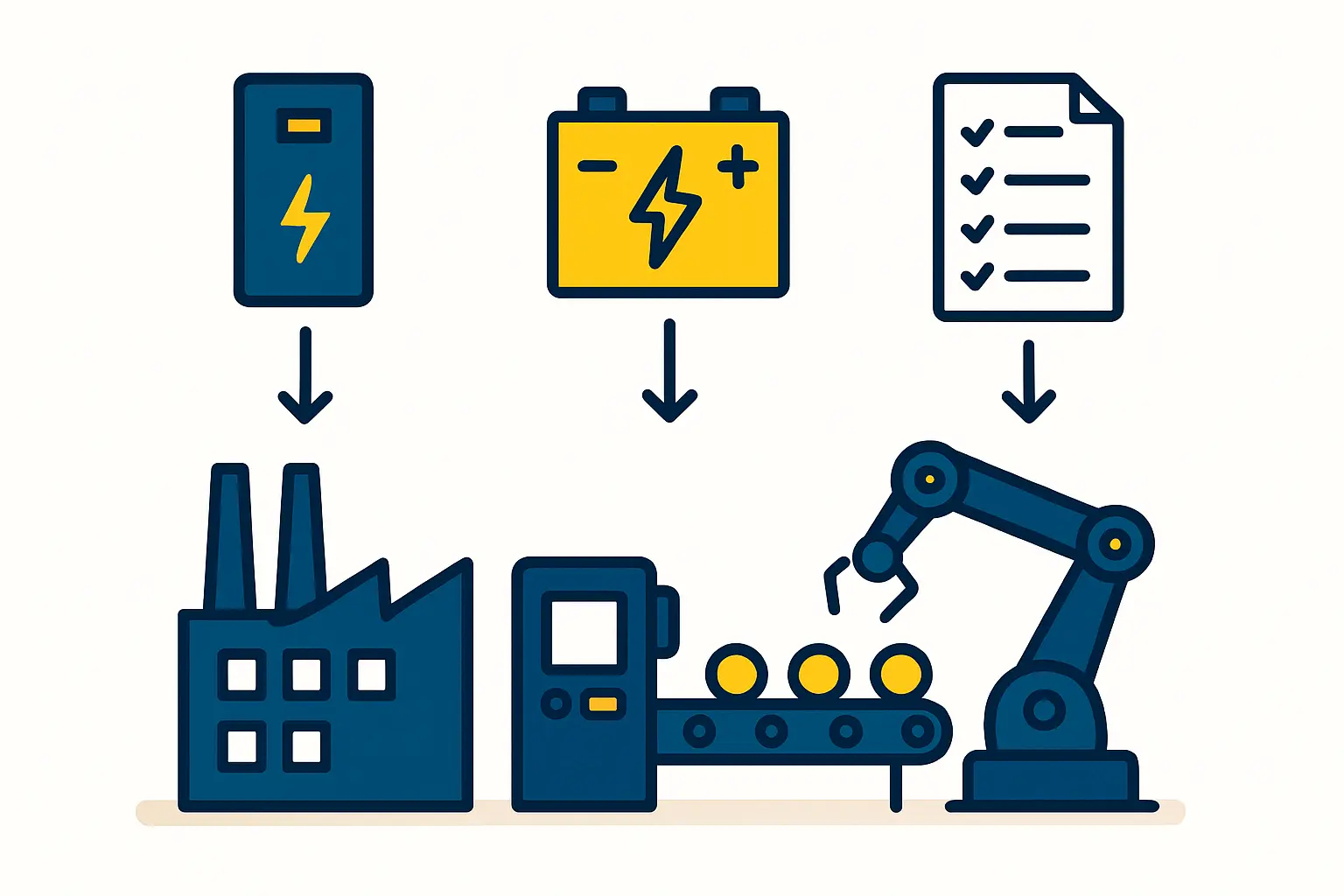
However, this reliance on natural resources, particularly hydropower, also introduces variables that demand careful business planning. Seasonal variations, such as the dry season (“verano”), can affect hydropower output and grid dynamics, making a thorough understanding of the system’s performance essential.
Analyzing Industrial Electricity Tariffs: What to Expect
The cost of electricity will be one of your largest operational expenditures. In Costa Rica, industrial tariffs are structured to reflect not only how much energy you use but also when and at what intensity you use it. The national utility, Instituto Costarricense de Electricidad (ICE), along with regional providers, bases industrial bills on several key components.
Key Components of an Industrial Electricity Bill
-
Energy Charge (per kWh): This is the most straightforward component, representing the cost for each kilowatt-hour of electricity consumed. While industrial rates in Costa Rica are competitive for the region, they are substantial, often falling in the range of $0.15 to $0.20 USD per kWh.
-
Demand Charge (per kW): This critical—and often misunderstood—cost is based on the highest peak power consumption (measured in kilowatts) recorded during a specific interval, such as 15 minutes, within a billing period. It is a fee for the capacity you require from the grid. A factory running multiple high-draw machines simultaneously, like laminators and stringers, can create a very high peak demand, leading to substantial charges even if that peak lasts only for a short time.
-
Time-of-Use (TOU) Rates: To manage grid load, utilities price electricity differently depending on the time of day. These periods are typically categorized as:
Ready to make big Profits?
The solar Industry is Booming
WE HELP NEWCOMERS to the solar industry start their own solar module production line. Customers can make BIG PROFITS by selling modules and finding investors, without wasting money and time on things they don't need!
Peak: Highest demand hours (e.g., late morning and early evening), with the highest electricity cost.
Shoulder: Intermediate periods with moderate costs.
Off-Peak: Low demand hours (e.g., late night and early morning), with the lowest electricity cost.
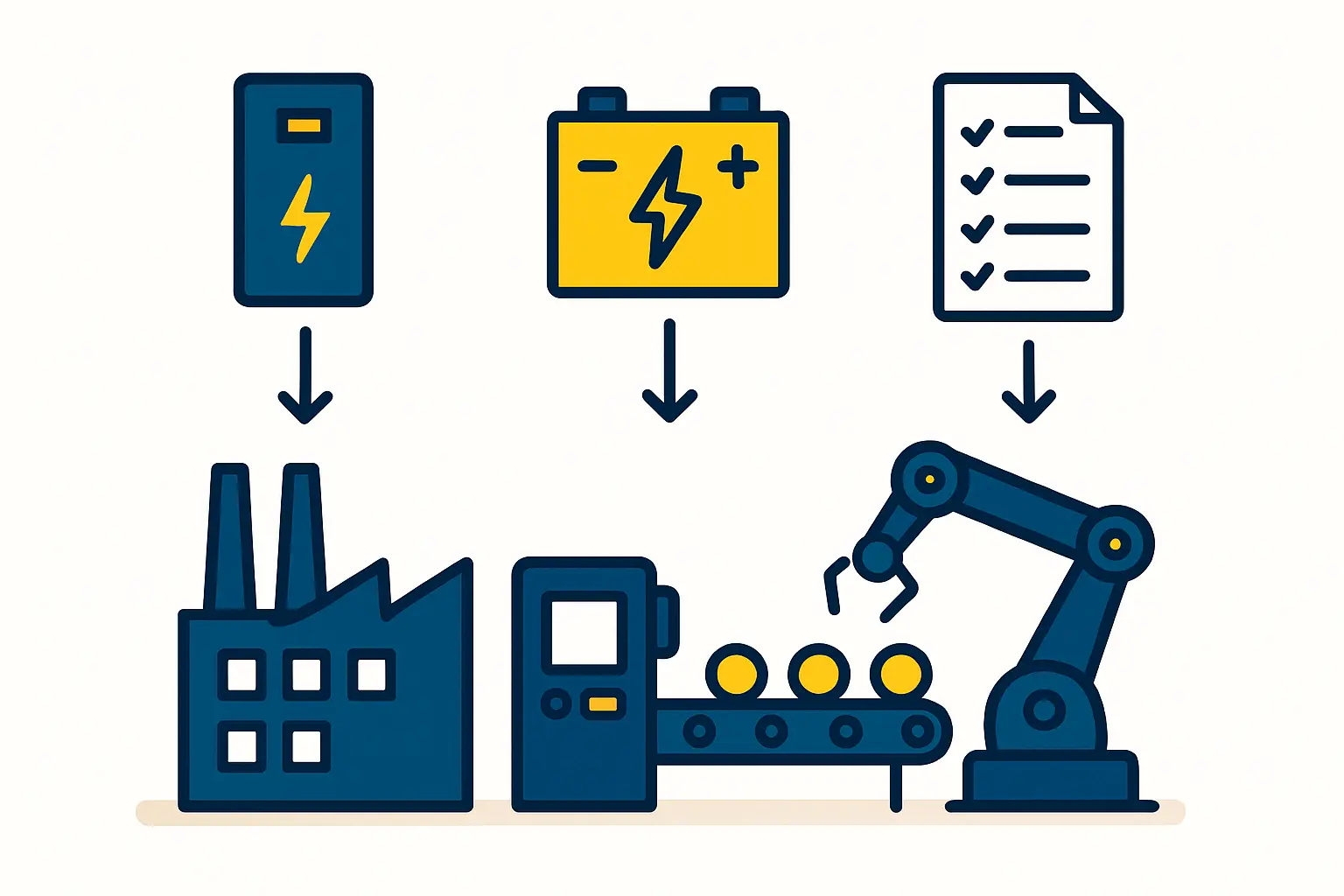
For a solar module factory, this structure offers a clear path to cost optimization. By scheduling energy-intensive processes, like the thermal cycles of a laminator, to run during off-peak hours, a facility can significantly reduce its monthly electricity expenses without altering its total output.
The Critical Factor of Grid Stability
While Costa Rica’s national grid is one of the most reliable in Central America, no power system is immune to disruptions. For a continuous manufacturing process, even a brief interruption can have severe financial consequences.
Grid stability is often measured using two standard industry metrics:
SAIDI (System Average Interruption Duration Index): The average total duration of outages experienced by a customer in a year.
SAIFI (System Average Interruption Frequency Index): The average number of times a customer experiences an outage in a year.
Based on experience from J.v.G. turnkey projects, a single hour of unplanned downtime on a 50 MW line can result in thousands of dollars in lost production. More importantly, a sudden power loss during a critical process—like lamination or soldering—can damage materials and sensitive components within the right solar panel manufacturing equipment, leading to waste and costly repairs.
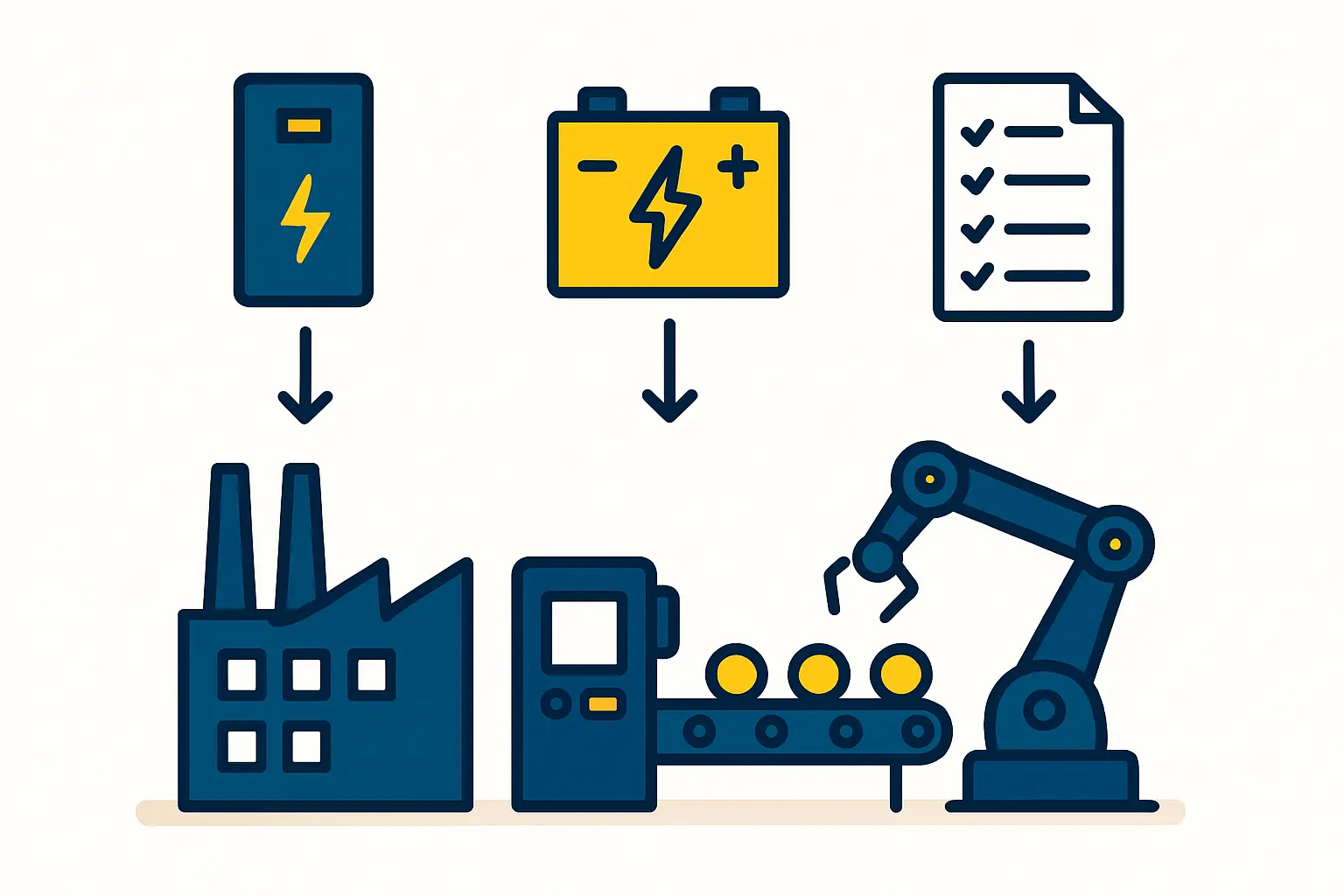
Factors like severe weather, local distribution line faults, or regional demand spikes can all lead to momentary or extended outages. Assessing the specific reliability of the grid at your proposed factory location is a vital step in your due diligence.
Mitigation Strategies for Industrial Investors
A proactive approach to power management can protect your investment and ensure smooth operations.
Power Quality and Backup Systems
Before finalizing a site, a professional power quality audit is highly recommended. This analysis can identify potential issues like voltage fluctuations or harmonics that could affect sensitive machinery. To mitigate the risk of outages, consider:
Uninterruptible Power Supplies (UPS): Essential for protecting control systems, servers, and automation controllers from data loss and damage.
Backup Generators: For facilities where continuous operation is non-negotiable, a diesel or natural gas generator can provide power to critical machinery during a grid outage. This is a significant capital investment and must be evaluated in the initial business plan.
Operational Scheduling for Cost Efficiency
Aligning your production schedule with time-of-use tariffs is a powerful cost-control strategy. This means planning the operation of high-consumption machines like laminators, furnaces, and large air compressors during off-peak hours whenever feasible.
The Role of an On-Site Solar PV System
An excellent strategy for both cost savings and energy resilience is to install a dedicated solar PV system on the factory’s rooftop or adjacent land. This on-site generation can:
-
Reduce Peak Demand: By generating your own electricity during sunny peak hours, you can dramatically lower your consumption from the grid and reduce monthly demand charges.
-
Lower Energy Costs: Every kWh generated on-site is a kWh you do not have to purchase from the utility.
-
Enhance Brand Value: Powering a solar module factory with its own solar energy is a compelling demonstration of your commitment to the industry and sustainability.
Planning Your Factory with Infrastructure in Mind
The selection and setup of a turnkey production line must go hand-in-hand with a thorough analysis of the local infrastructure. The electrical grid is not just a utility; it’s a fundamental part of your manufacturing ecosystem. Understanding its costs, characteristics, and limitations is as important as understanding the specifications of your machinery.
This analysis should be a core part of your site selection process and financial modeling, ensuring that your business is built on a stable and cost-effective foundation.
Frequently Asked Questions (FAQ)
How much does industrial electricity cost in Costa Rica?
The cost has several components. While the per-kWh rate is a key factor (often $0.15-$0.20), the final bill is heavily influenced by demand charges based on peak usage and time-of-use rates. Effective management can significantly lower the average cost.
Is the power grid in Costa Rica reliable for manufacturing?
Relative to the region, Costa Rica’s grid is considered robust and reliable. However, industrial operations with low tolerance for downtime should still conduct localized assessments and invest in appropriate backup and power conditioning systems to mitigate risk.
Can I negotiate my electricity rate with the provider?
Generally, electricity tariffs for specific customer classes are regulated and not open to individual negotiation. Cost reduction comes from understanding the existing tariff structure and optimizing your factory’s consumption patterns.
How does energy infrastructure impact the choice of machinery?
It directly impacts the operational cost and risk associated with your machinery. High-demand equipment may necessitate investment in grid connection upgrades, backup power systems, or advanced scheduling software. These associated costs must be factored into the total project budget.
Conclusion and Next Steps
Costa Rica’s green energy profile offers a unique and valuable advantage for prospective solar module manufacturers. However, capitalizing on this opportunity requires a practical assessment of its industrial electricity tariffs and grid infrastructure. By proactively analyzing costs, planning for stability, and implementing smart operational strategies, investors can mitigate risks and build a resilient, profitable, and sustainable manufacturing enterprise.
A thorough analysis of these factors is a fundamental part of a bankable business plan. Understanding your precise energy needs, based on your chosen production capacity and technology, is the logical next step.


